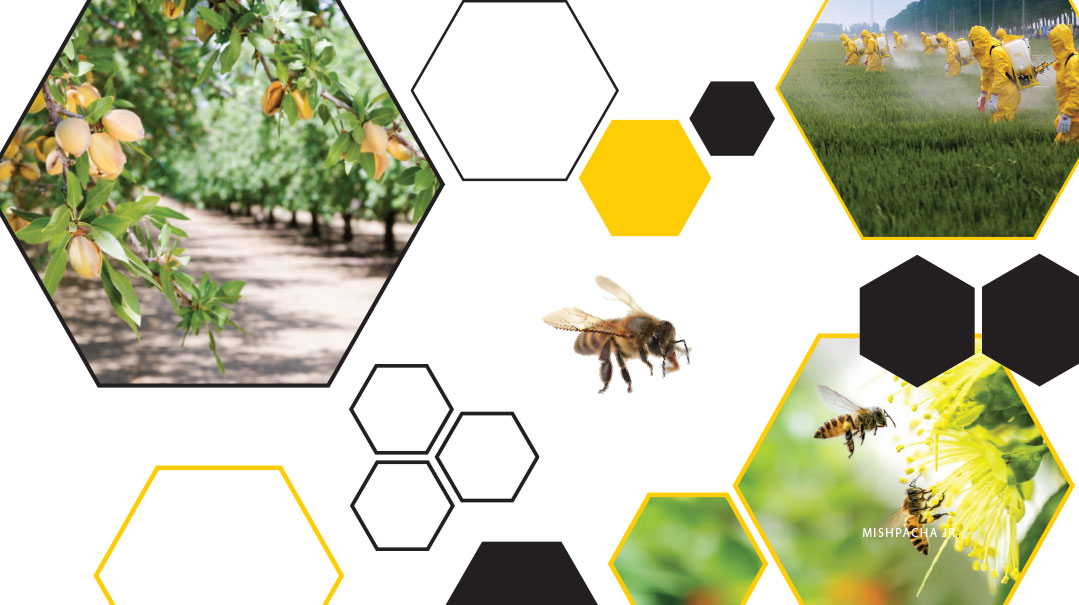Bees Are Making a Buzz

The more we learn about bees, the more we appreciate them

The Buzzing You Don’t Hear
If you could hear the buzzing of all the bees in the world, you would hear less of it now than you would have a few years ago. The reason is simple: There are far fewer bees to do the buzzing.
Bees have been dying off at a shocking rate — the six million bee colonies in the US in 1947 were down to 2.5 million in 2007 and still falling. In the winter of 2018–19, about 40 percent of the country’s honeybees died.
But what caused it is a mystery. For no apparent reason, the worker bees, who keep the colony going, just got up and went. They just disappeared without a trace.
Why Bees Are Disappearing
The first step in solving the mystery was to give it a name, of course. Scientists called it Colony Collapse Disorder (CCD), because whole colonies (each with thousands of bees) were collapsing all at once. The worker bees were abandoning the hive, leaving behind the queen, the brood, and some nurse bees to care for the baby bees. Without the worker bees though, the remaining bees would die.
Now that they had an official name, they could begin to study it. After about 15 years of research, scientists think they have the answers.
They blame it on several things: pesticides, parasites, fungus, and lack of flowers.
Marla Spivak, a leading melittologist (bee expert) points out that the problem wasn’t noticed until 2006, but it actually began around 1945. Why then? Because that’s when farming changed in America. Farmers began using pesticides to kill harmful insects. They also started planting vast fields of single crops (all soybeans, or all corn, for example) which deprived the bees of the flowering plants they need to do their work. No flowers, no bees.
That’s why beehives are carried by truck all over the country. For example, 30 billion bees, about 15 million to a truck (give or take), are brought to California for the humongous almond crop that supplies 80 percent of the world’s almonds.
Oops! We could not locate your form.






